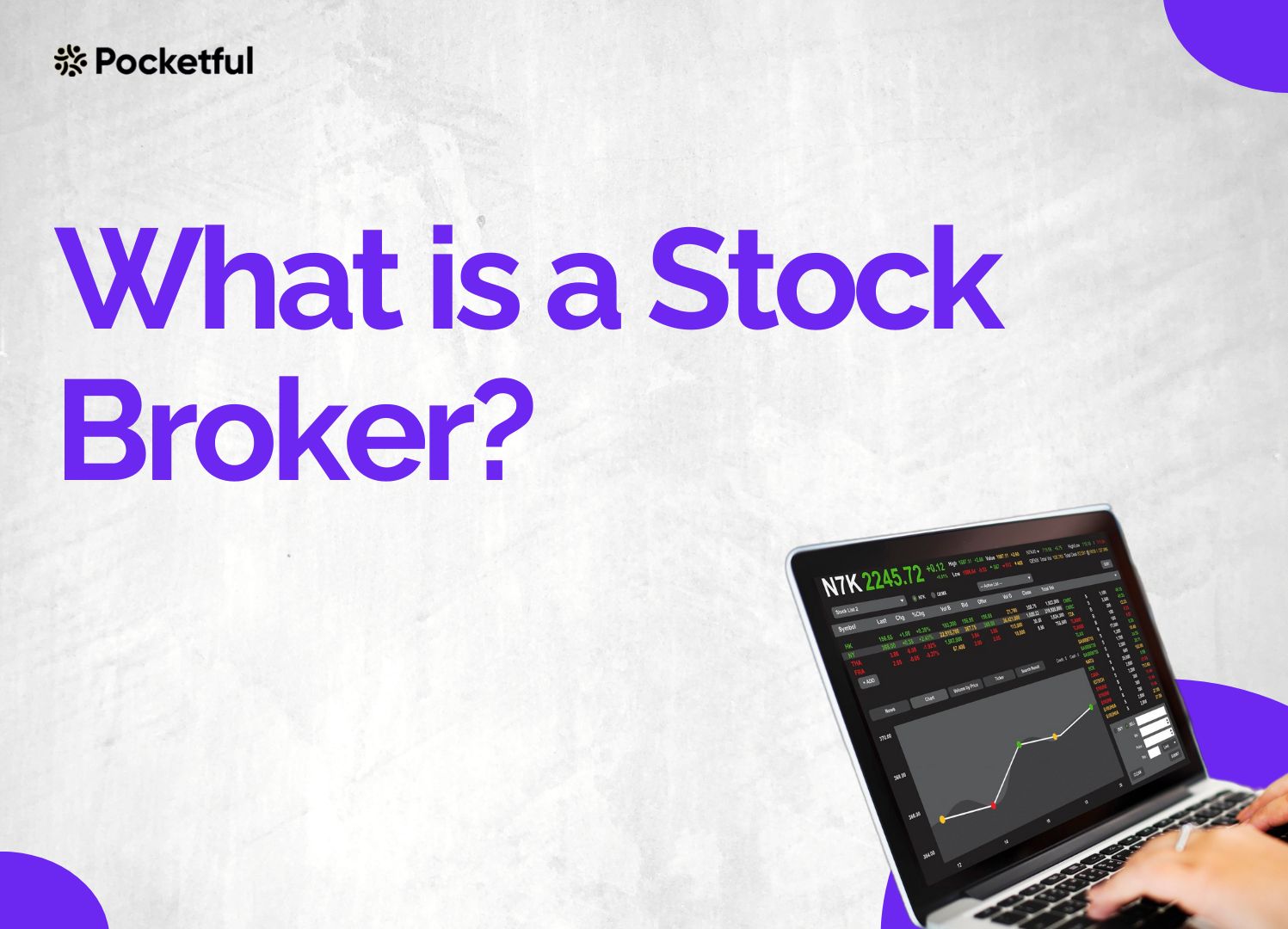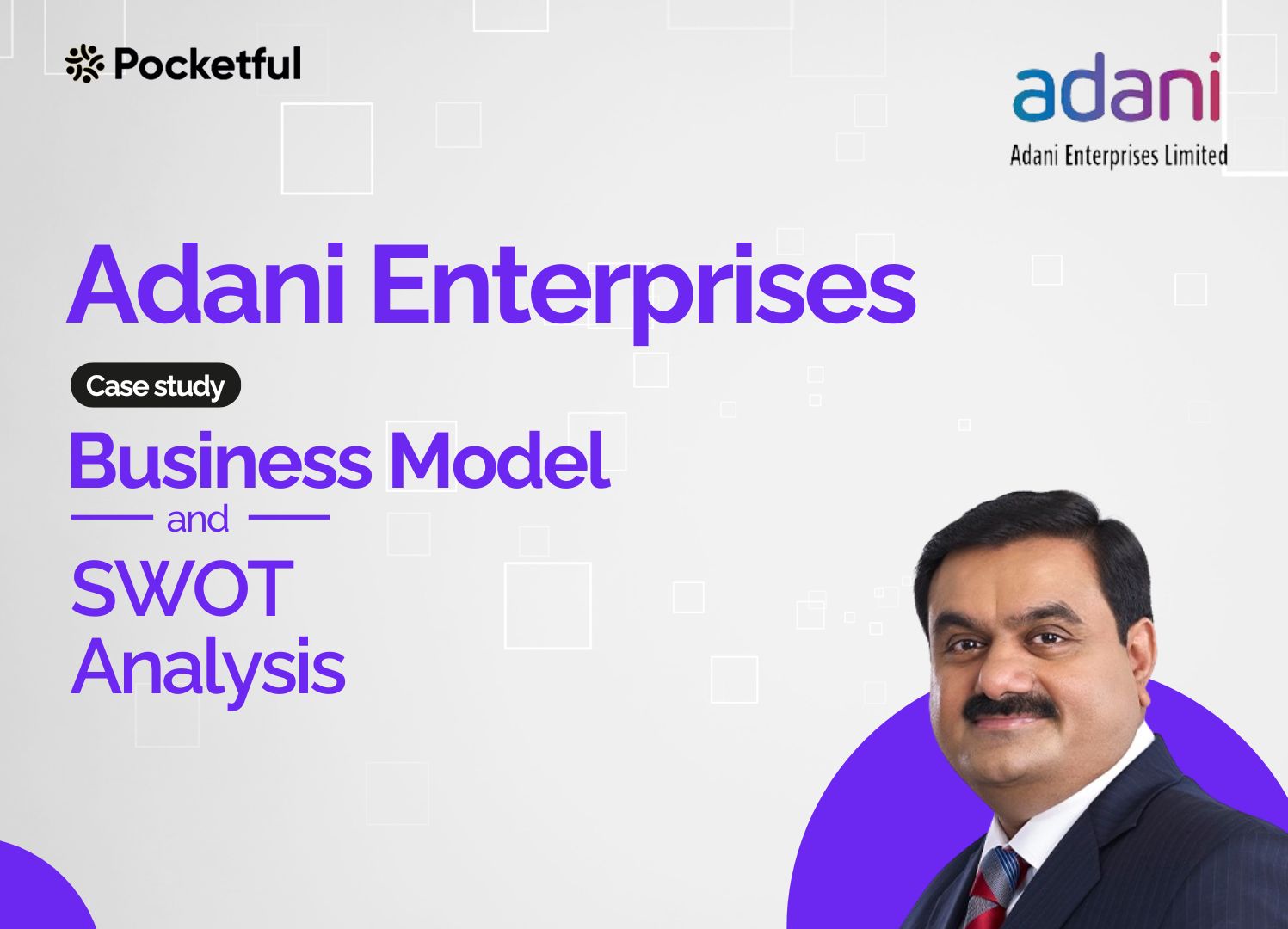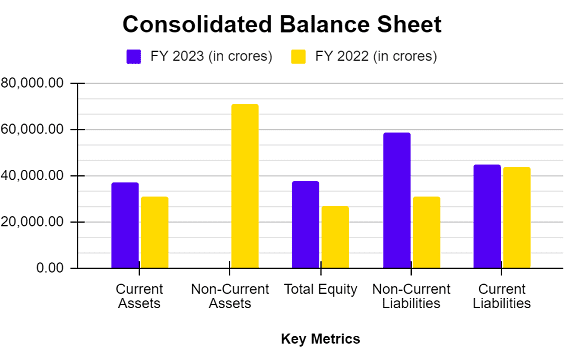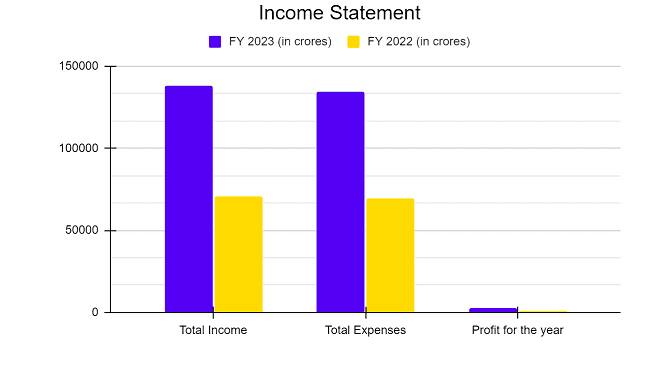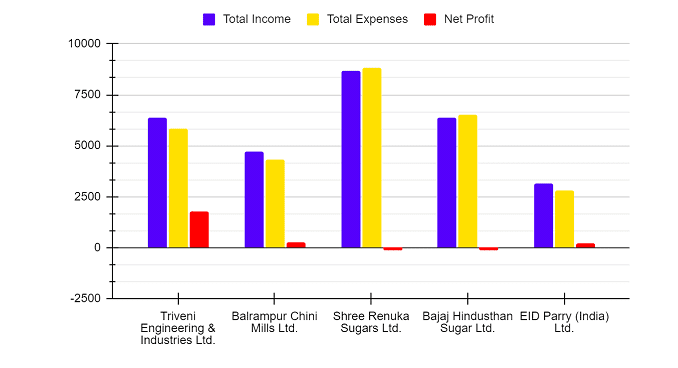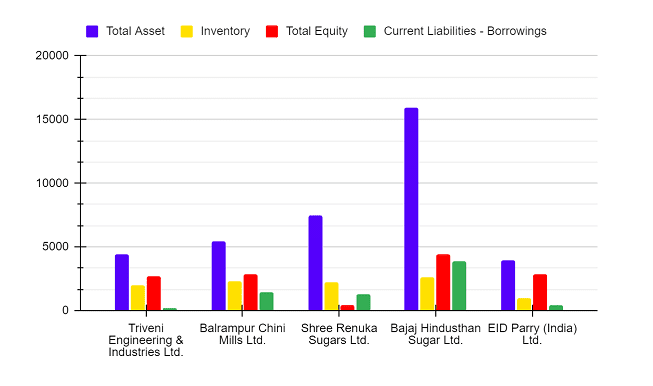Have you ever thought about whether your broker is getting the best deals for you or themselves? The shocking truth is that some brokers engage in a deceptive practice called front-running, using your trade details to line their pockets.
In this blog, we will expose the world of front-running, explain how it works, and tell you how to protect yourself from becoming a victim.
Overview of Front-Running

Front-running is a deceitful practice in the financial markets. It generally involves a broker or an advisor using their advanced knowledge of upcoming trades to make personal profits. This is considered a form of market manipulation and illegal with non-public information.
For instance, a broker gets wind of a client’s order to buy a massive block of shares in Company X. Knowing this will likely drive the price of Company X’s stock up; the broker quickly buys some shares for themselves beforehand. The price jumps once the client’s large order executes, and the broker sells their shares at a profit.
Front Running is unethical because it gives the abuser an unfair advantage. They are essentially exploiting their access to privileged information unavailable to the general public. This creates an uneven playing field and undermines trust in the markets.
Is Front Running Legal?

Front-running’s legality depends on the type of information used.
When done with non-public information, where a broker uses knowledge of a client’s upcoming trade or firm’s internal plan to earn profits. This violates insider trading laws and can lead to serious legal consequences.
Front-running is not necessarily illegal when based on public information. For instance, if there is an announcement of a change in an index at the time of rebalancing (which stock will be removed or entered), traders can try to front-run the trade by buying or selling those stocks beforehand. The index rebalancing will likely affect the stock price.
Front-running is illegal when it exploits confidential information for personal gain. Its legality becomes less clear-cut when it relies on publicly available knowledge.
Index Front Running
Index front-running is a strategy that exploits the predictable changes in index composition.
Financial indices like the S&P 500 or NIFTY 50 are calculated based on free-float market capitalization method and periodically rebalance their holdings. This means they add or remove companies from the index to maintain a particular market representation.
Index funds passively track these indexes, and when the index composition changes, the index fund managers are obligated to buy or sell the affected securities to mirror the index.
Traders watch for signals indicating upcoming index rebalancing. This information is usually public and available through announcements or index methodology analysis.
Before the index rebalances, these traders buy stocks likely to be added to the index (anticipating a price increase) or sell stocks expected to be removed (anticipating a price decrease).
When the index fund initiates buy or sell activity to rebalance, it can cause the stock prices to move in the direction that the front-runner anticipated.
Difference between Front Running and Insider Trading
Front Running and Insider Trading are both unethical practices in the financial world, but they differ in the critical source of information used for gaining an unfair advantage.
Front-running abuses advance knowledge of client orders or anticipated market movements. This information may not be confidential, but it is not publicly available either.
On the other hand, Insider Trading relies on material, non-public information about a company that has yet to be disclosed. This could be upcoming mergers, acquisitions, earnings reports, or product launches. Insiders, like company executives or board members, are privy to this information.
The brokers front-running the client’s order owes them a fiduciary duty. Brokers and advisors are required to work in the best interests of the clients.
Front-running is like a cashier at a store who sees someone with a lot of groceries and quickly buys milk before the price increases because of high demand.
Insider Trading is like a factory worker who knows a new, superior product is about to be released and buys company shares before the public announcement.
How to Protect Yourself?
- Keep up-to-date on the latest trends and discussions about front-running in the financial markets. Understanding how it works is the first step to mitigate it.
- Consider using platforms or tools that obscure your transaction details before they are broadcast publicly. This can help reduce the window for front-runners to act. However, this option might only be available on some platforms.
- Front-running is easier during periods of high trading volume. Try placing your trades when there is less activity or in tranches, which reduces the chance of front running.
- Look for centralised exchanges with anti-front-running solid measures. Such exchanges employ mechanisms like transaction batching or order book shuffling to make it harder to predict specific trades.
Read Also: Business Cycles of a Company
Conclusion
Front-running raises questions about the balance of information in the market and erodes trust. It harms investors by giving an unfair advantage to those with advanced knowledge. Regulatory bodies like the Securities & Exchange Board of India (SEBI) consistently work to prevent front-running through stricter rules and fines for offenders.
By working together to combat front-running, we can create a fairer and more transparent financial environment for everyone.
Frequently Asked Questions (FAQs)
How can I tell if a broker is front-running my trades?
It can be challenging for individual investors to detect front-running definitively. However, some red flags might exist, such as huge price movements after placing an order and orders taking an unexpectedly long time to execute.
Is front-running legal?
It completely depends. Using material non-public information is illegal.
Who can front-run?
Brokers, traders with access to order flow data, or anyone who learns about the large trade beforehand.
What are the consequences of front-running?
Fines, legal trouble and reputational damage for the perpetrator.
How is Front Running different from Insider Trading?
Front running might misuse non-public client information, while insider trading uses confidential, non-public information which is not available to the general public.













